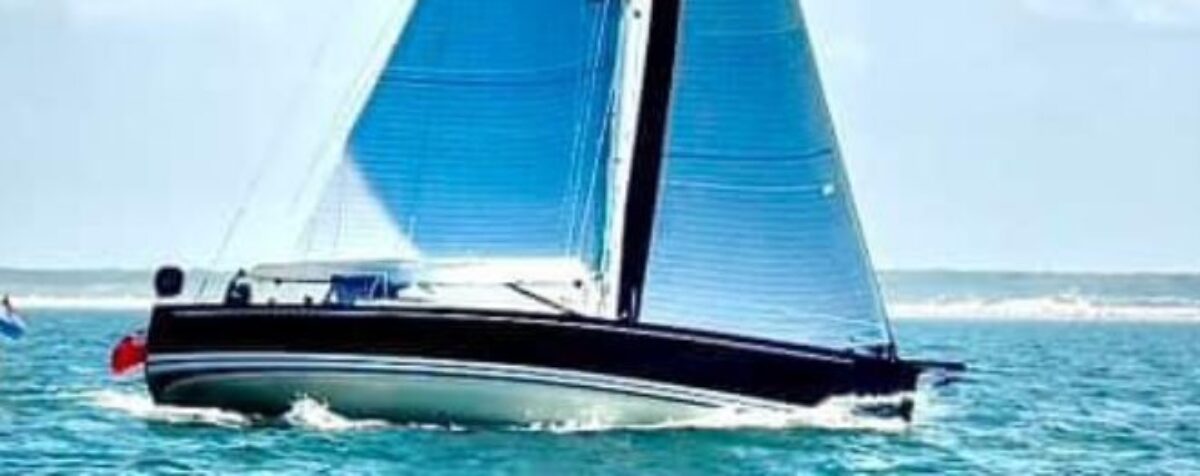Saturday, 10 August

Another lovely sunny day as we left Ostende in 12-15 knots of wind around 9am. We had one reef in and skipped along nicely at around 8 knots.

We overtook anyone there was, but there were only a couple of other yachts tacking up the coast. Quite a few coming the other way and no big tankers at all.
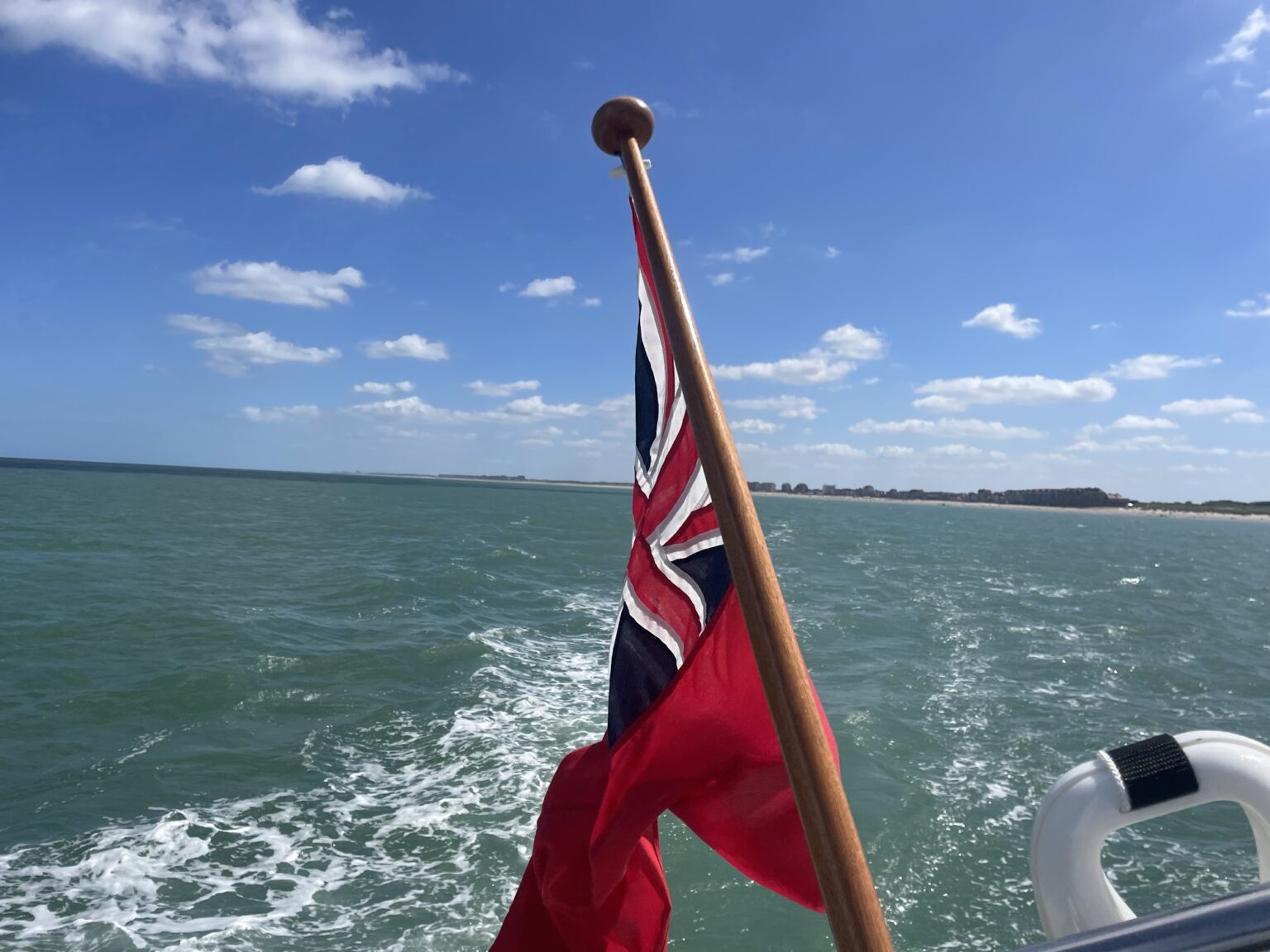
Again the wind was from the West and on the nose, but as we used to race we consider close beating the norm.
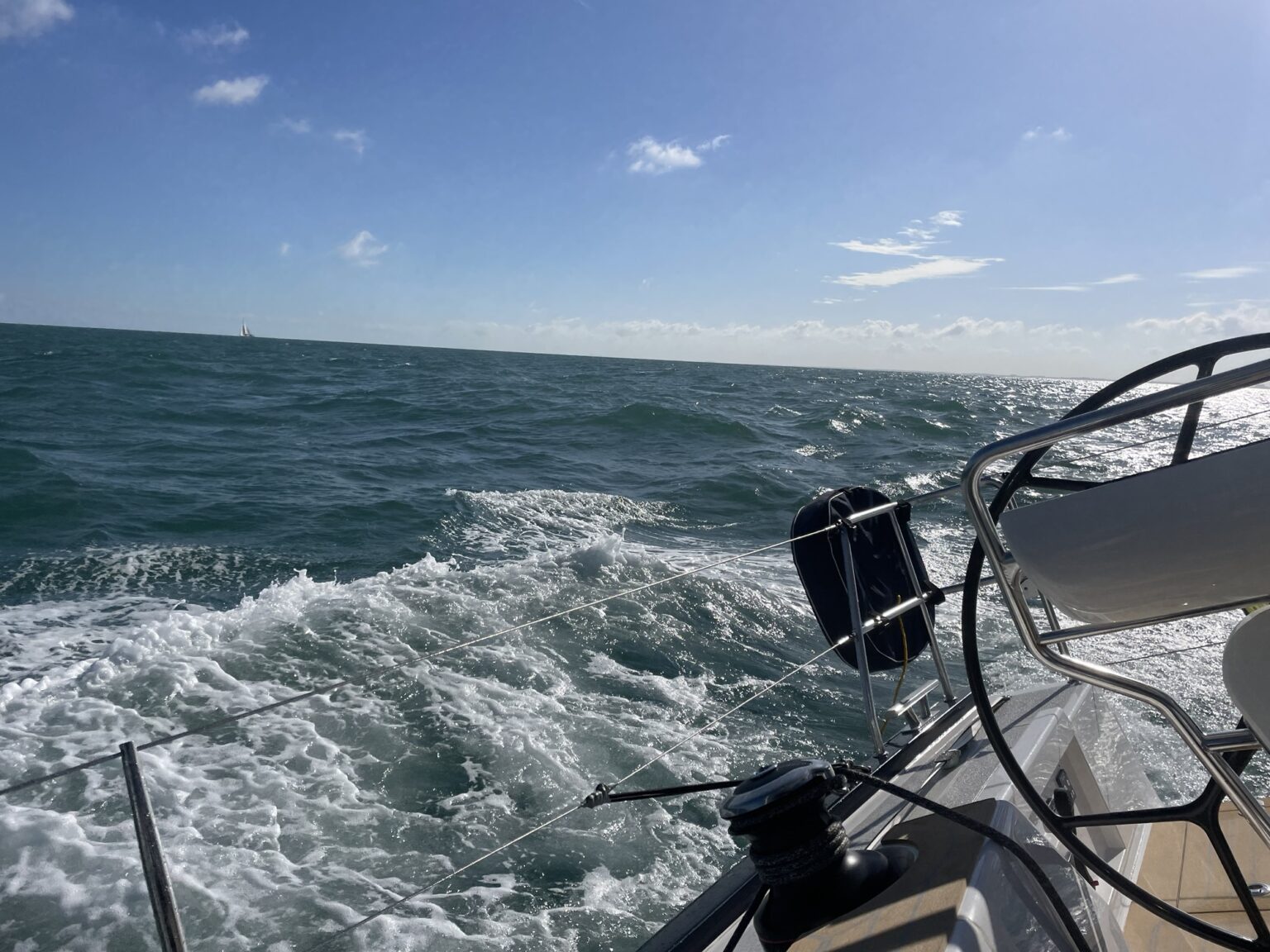
The wind died and we shook out the reef, but it soon got up again to 14-17 so we put 2 reefs in – good practice for David. Basically if there’s any hard work, I do the helm and David sorts the ropes!
We said goodbye to Belgium:
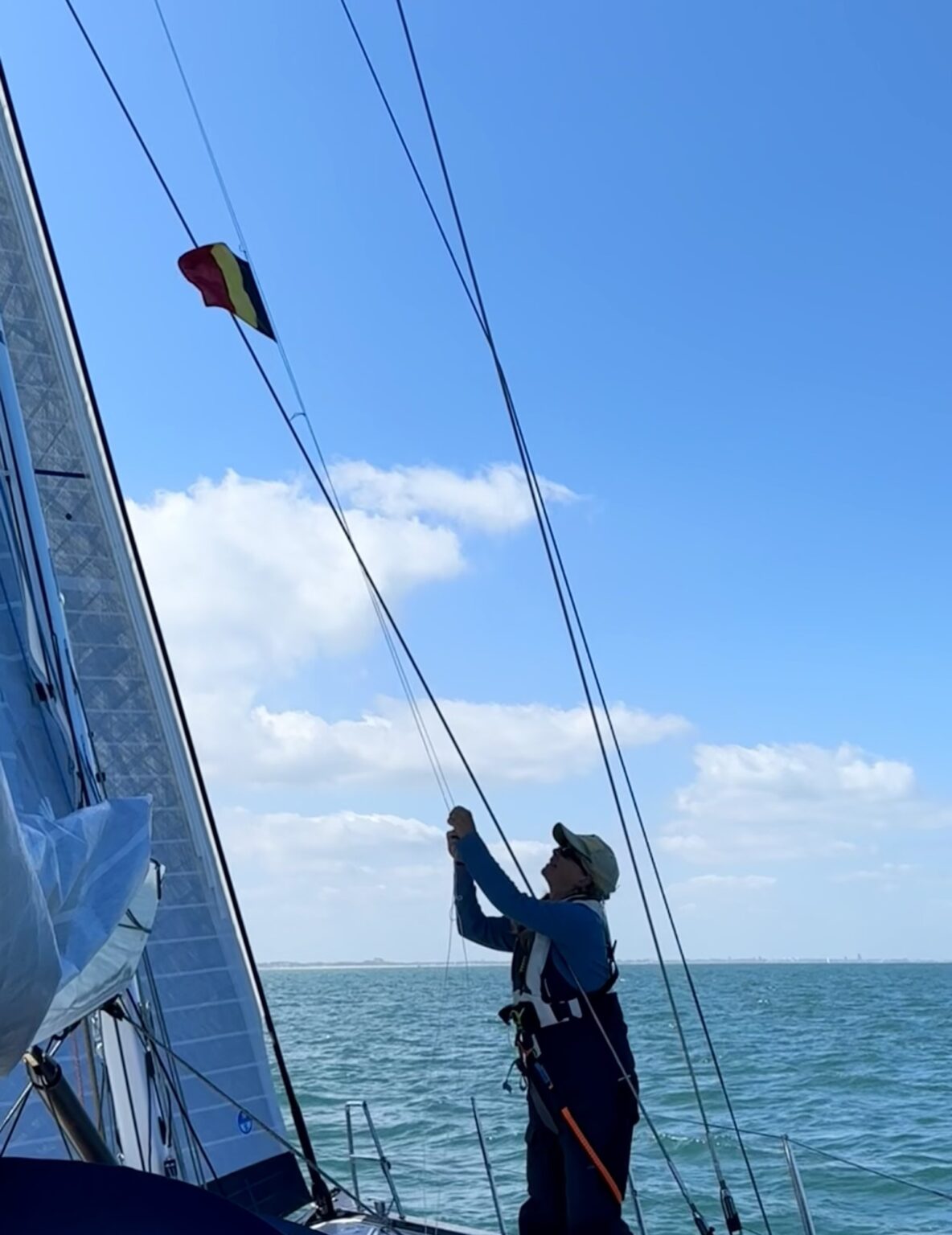
And said Bonjour la France!
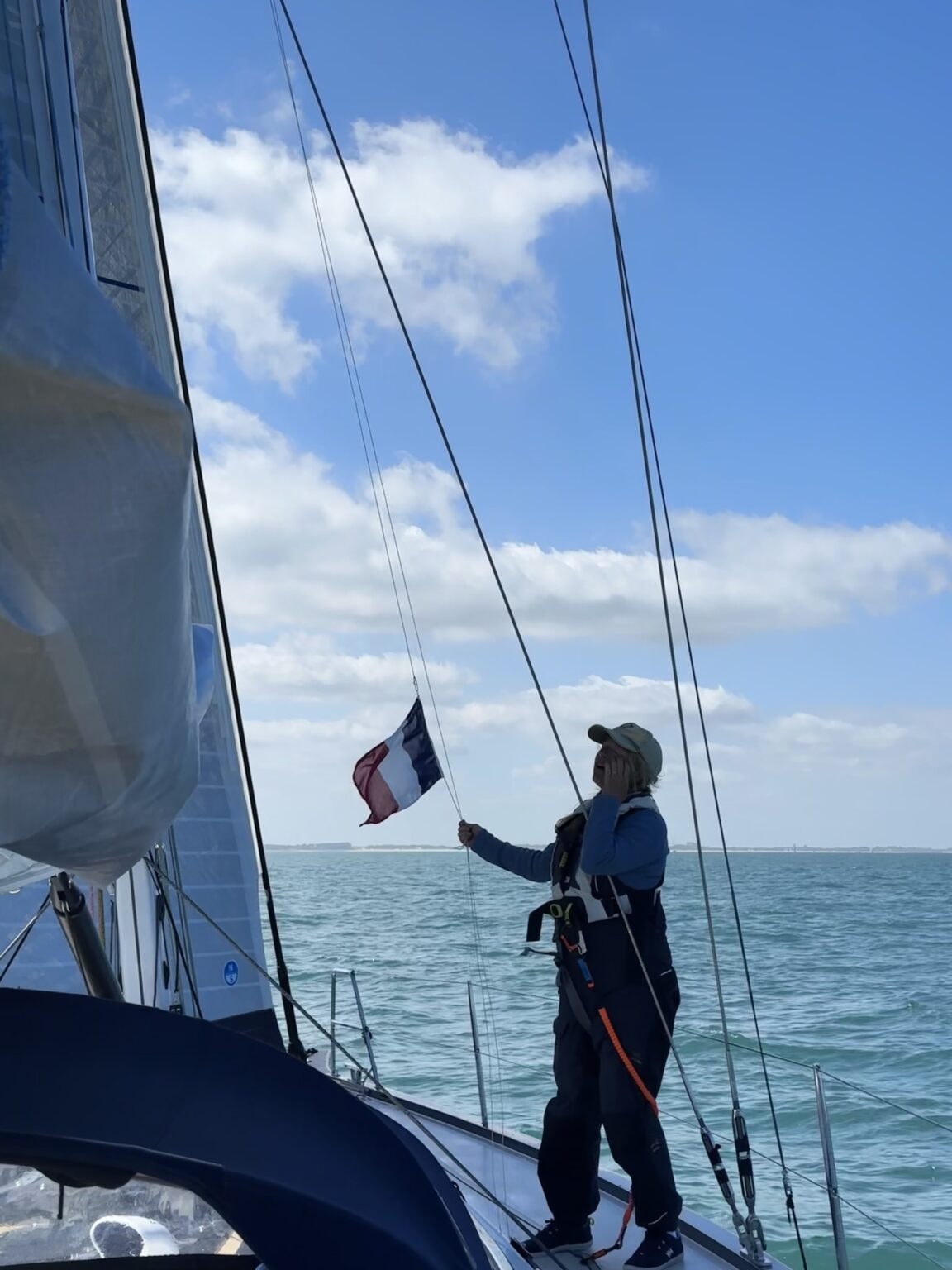
We tacked up the narrow channel, only motoring at the end, and arrived into Dunkirk by 2pm.
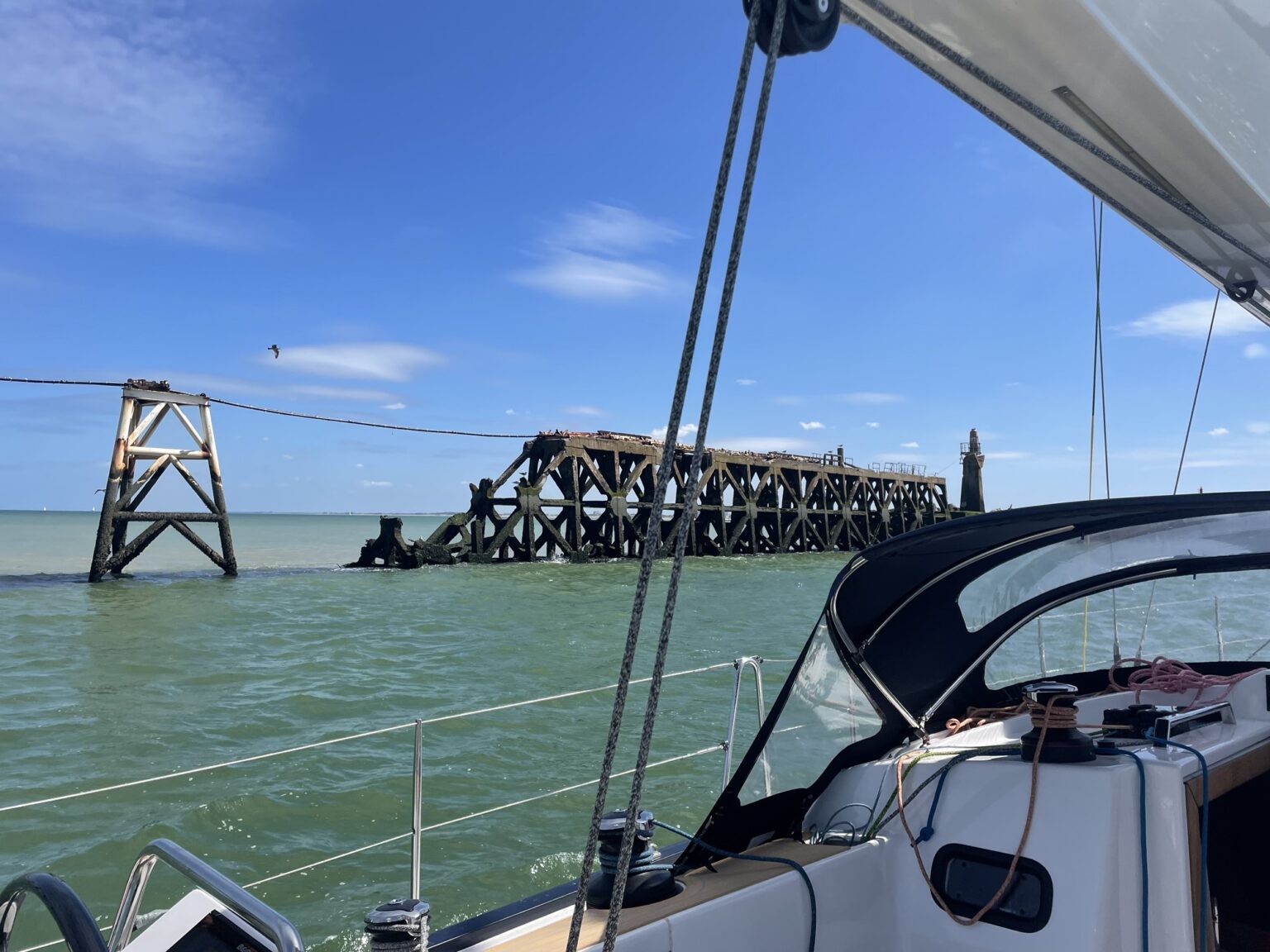

I did the washing and then we went to the excellent museum on the Dunkirk evacuation of 1940.

It’s very well done, with lots of artefacts from the time – probably all dug out of the sand – and very informative boards in French and English.

In May-June 1940 around 330,000 British and French (and some Belgian) troops were rescued in Operation Dynamo. The French army did a valiant delaying tactic as the Germans surrounded the British Expeditionary Force to help the evacuation and many of them perished.
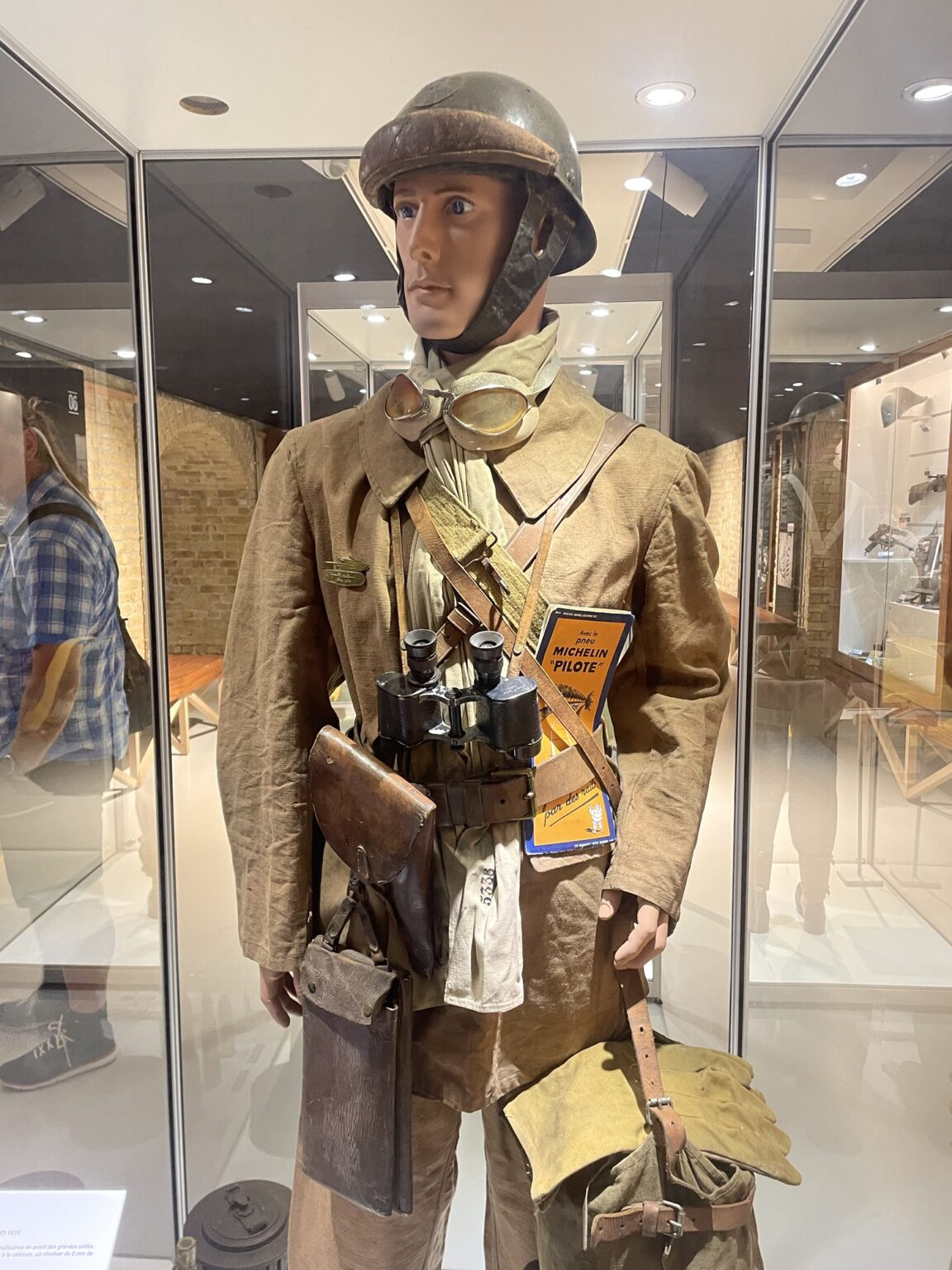
Sadly nearly all the French troops evacuated went back to France almost immediately to defend La Patrie but were very soon captured by the Germans and sent straight to POW camps before France fell and the Vichy regime capitulated.
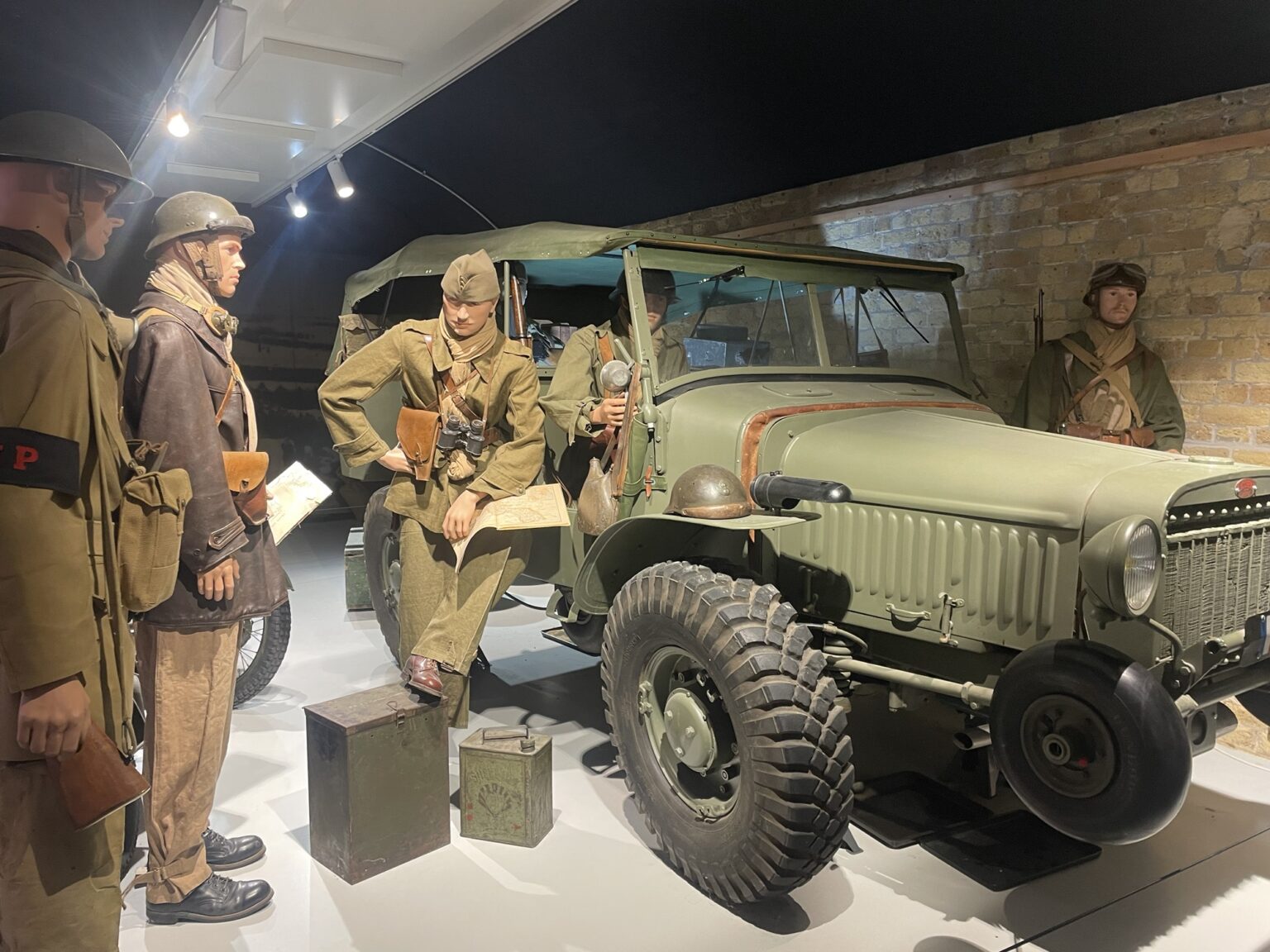
For the town of Dunkirk the entire episode was a complete disaster as the Germans completely destroyed the town. Many civilians tried to evacuate and clogged the roads in one direction while the British troops tried to head for the sea in the other.
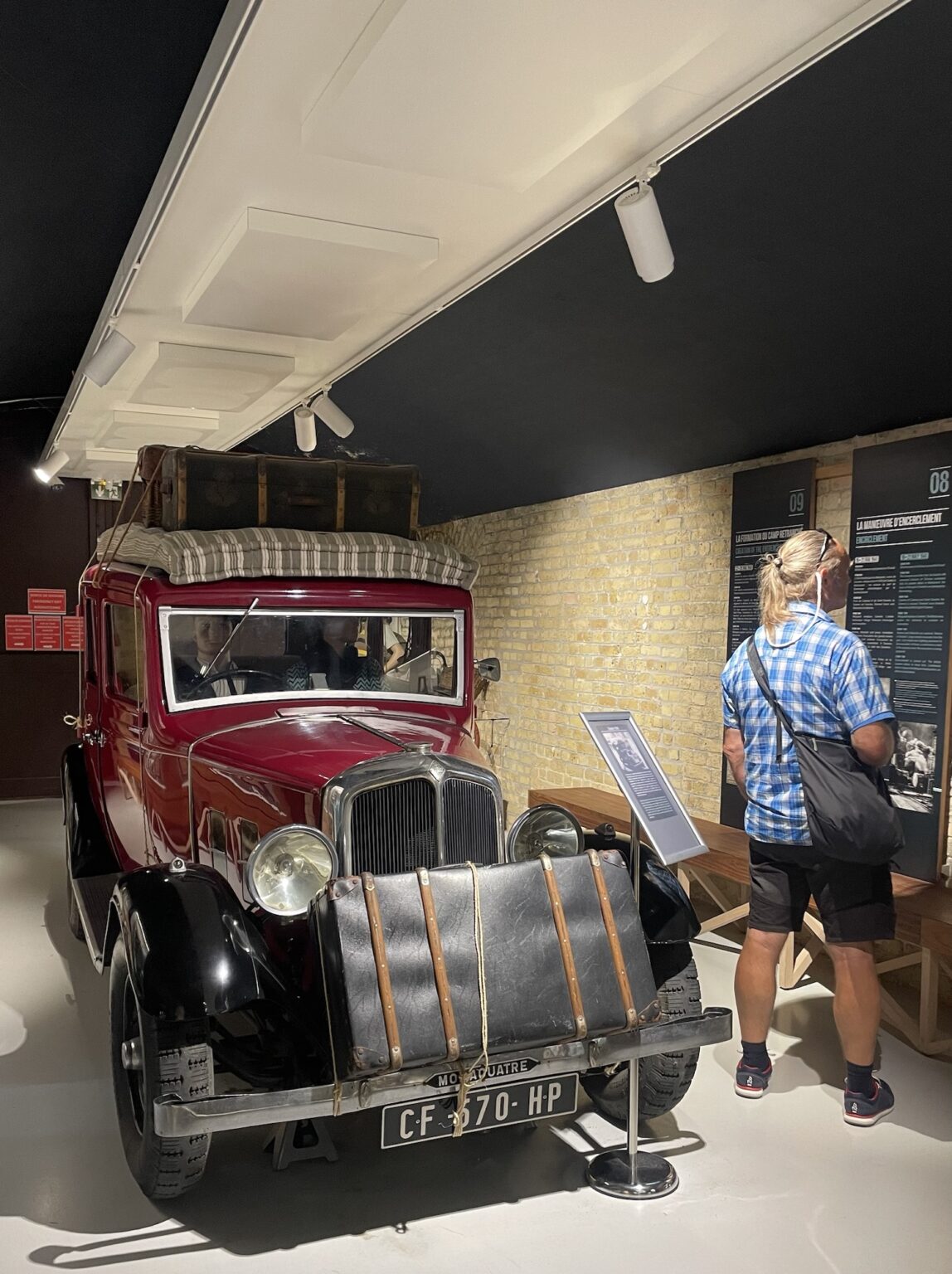
Around 1,500 little ships helped the admiralty by ferrying troops from the beaches to the awaiting bigger ships further out, and also took 28,000 home by themselves. After sailing up this coast we know how shallow and sloping it is.
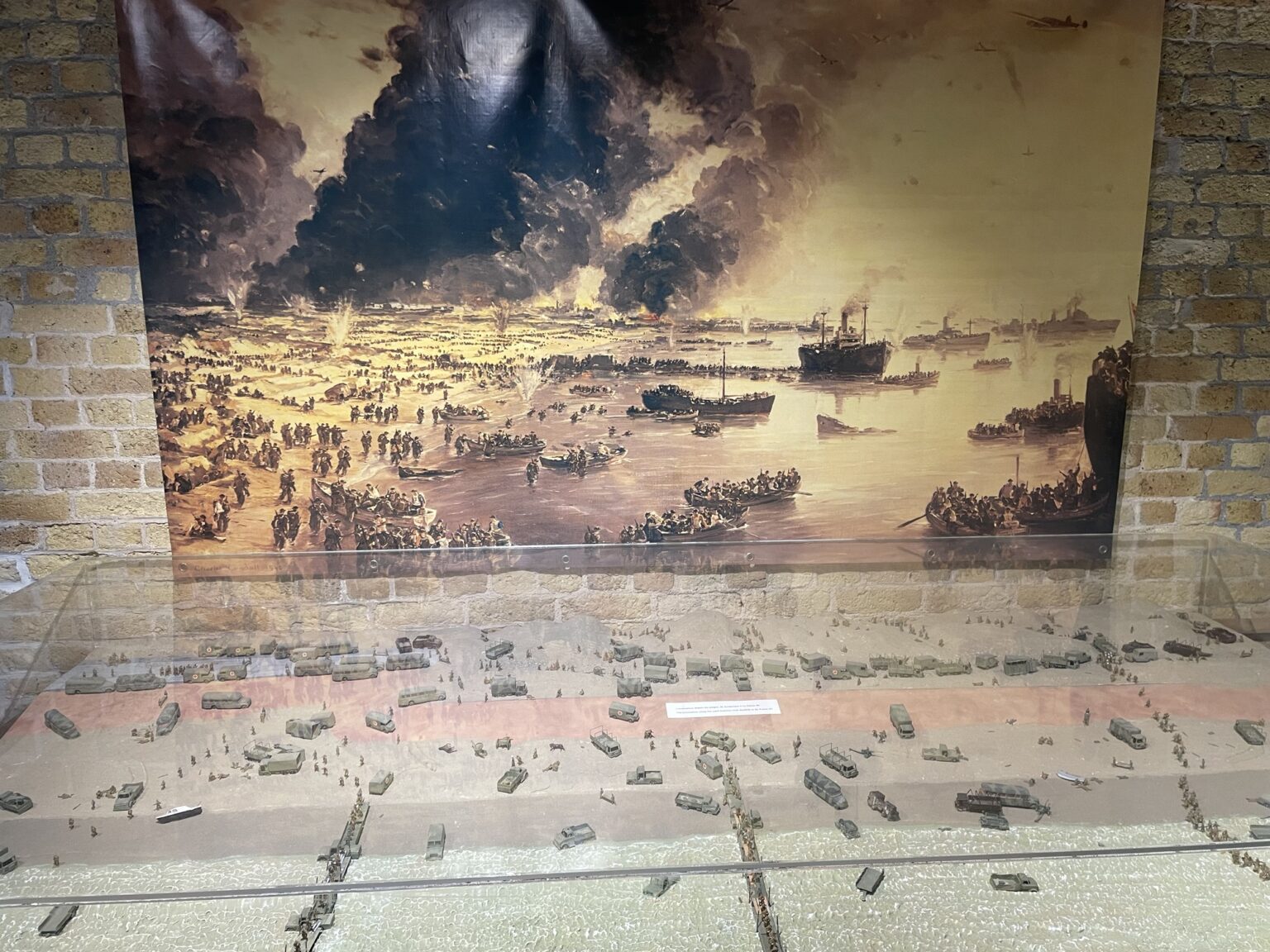
The navy built pontoons out into the sea to get the troops away. Small Dutch flat-bottomed boats, just like the ones we saw in Terschelling were particularly good at this – the Dutch boats came to help, despite The Netherlands being already overrun by Germans.
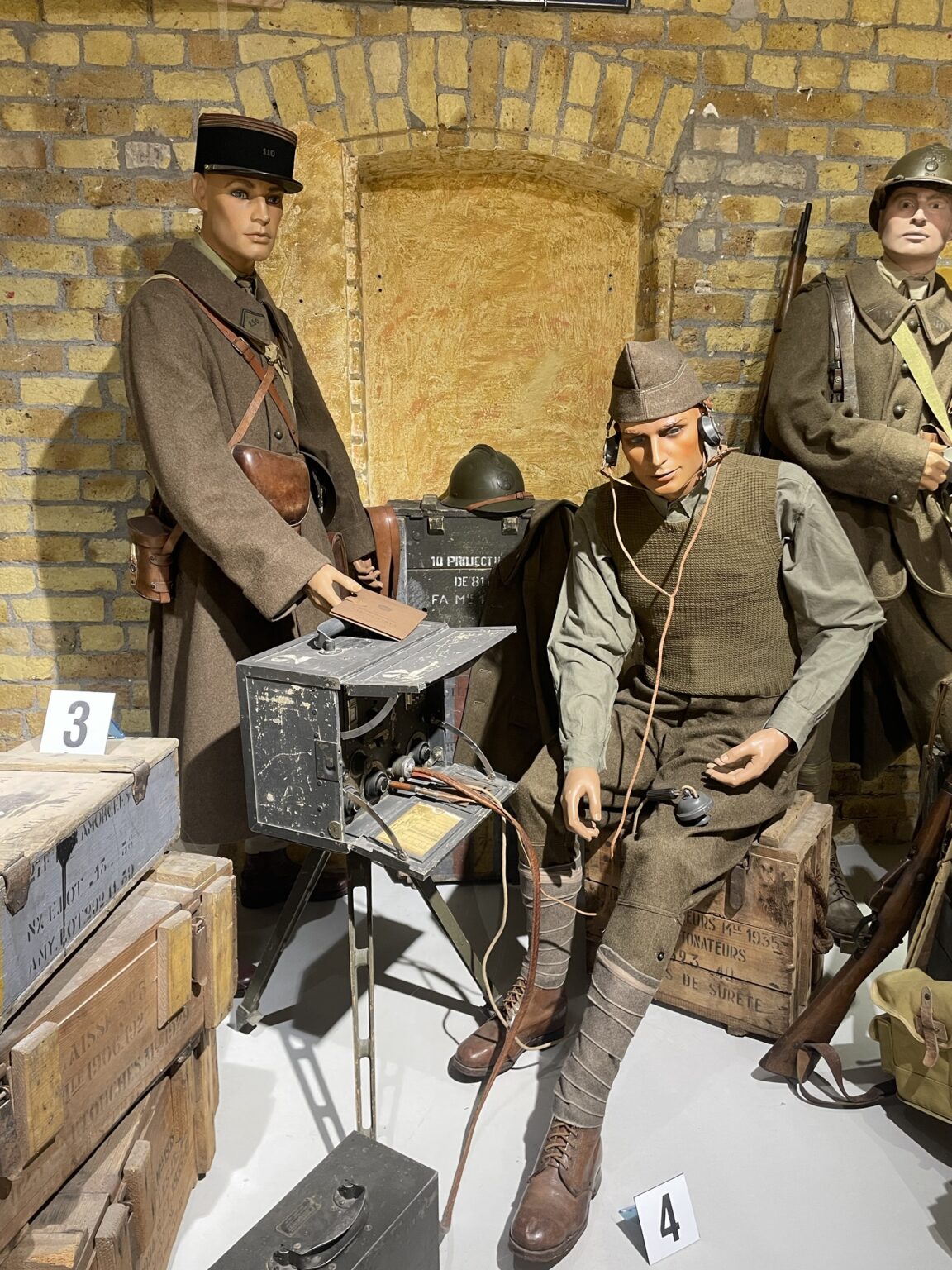
Because the Germans had air dominance and bombed the beaches during the day, the evacuations mostly happened at night – 2000 men per hour were evacuated.
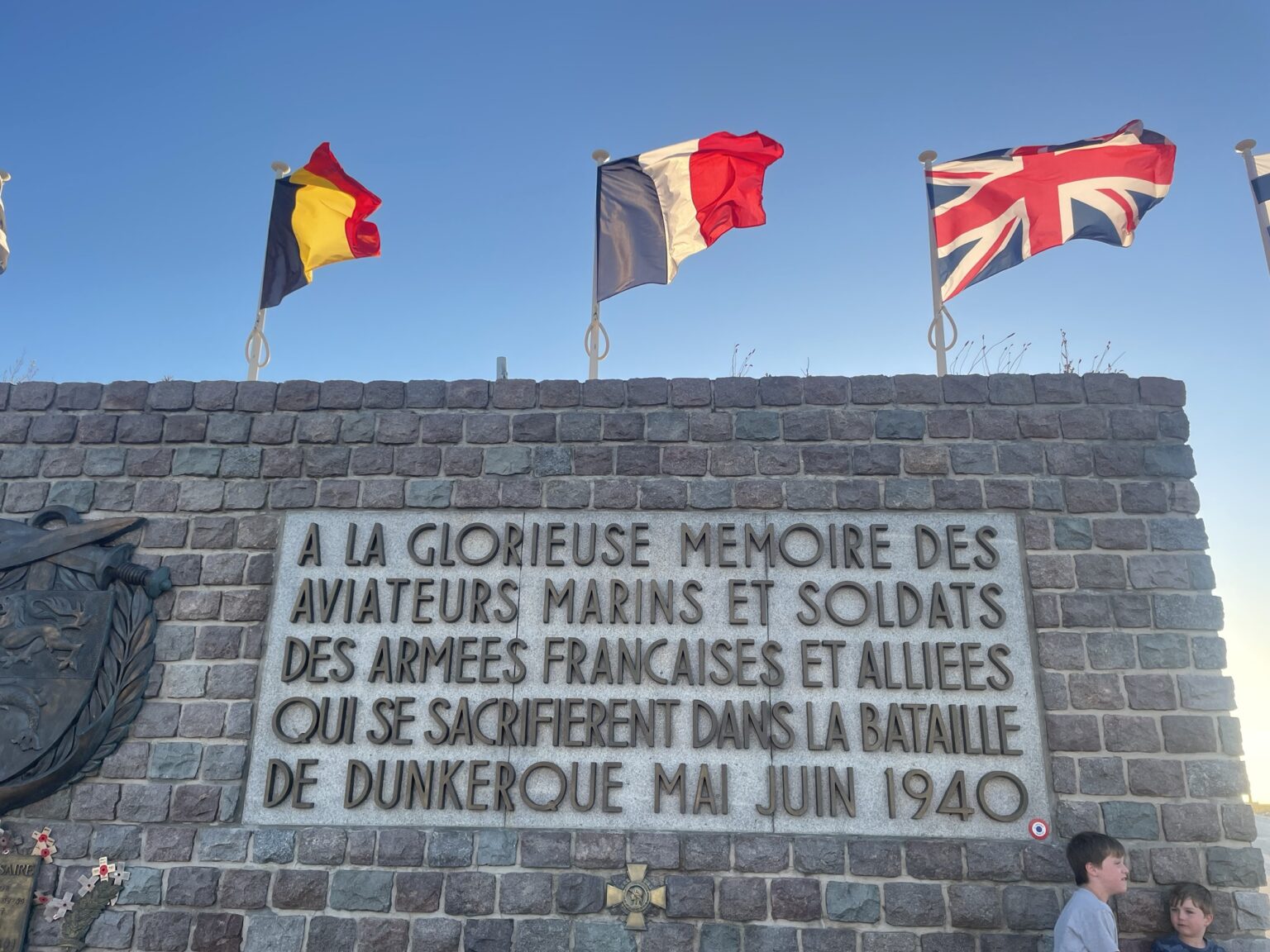
Many loaded ships were sunk and thousands of lives were lost. I could only think of all the young men and civilians dying today in Ukraine and Gaza. Horrors just like this are tragically still happening.
We then went to those same beaches that are now a peaceful holiday sanctuary.
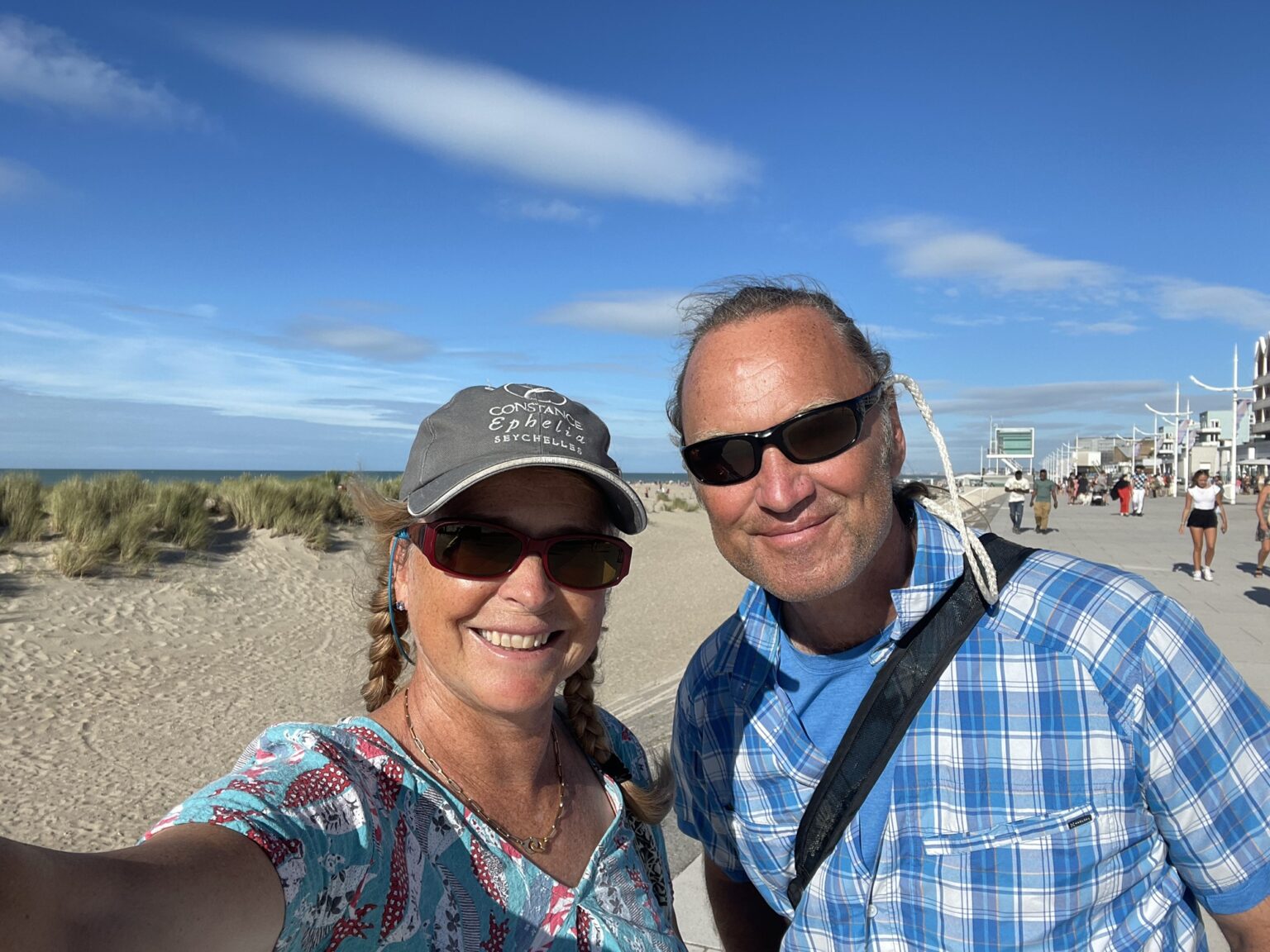
I heard the siren sounds of a saxophone and we were soon sitting at a bar enjoying live music.
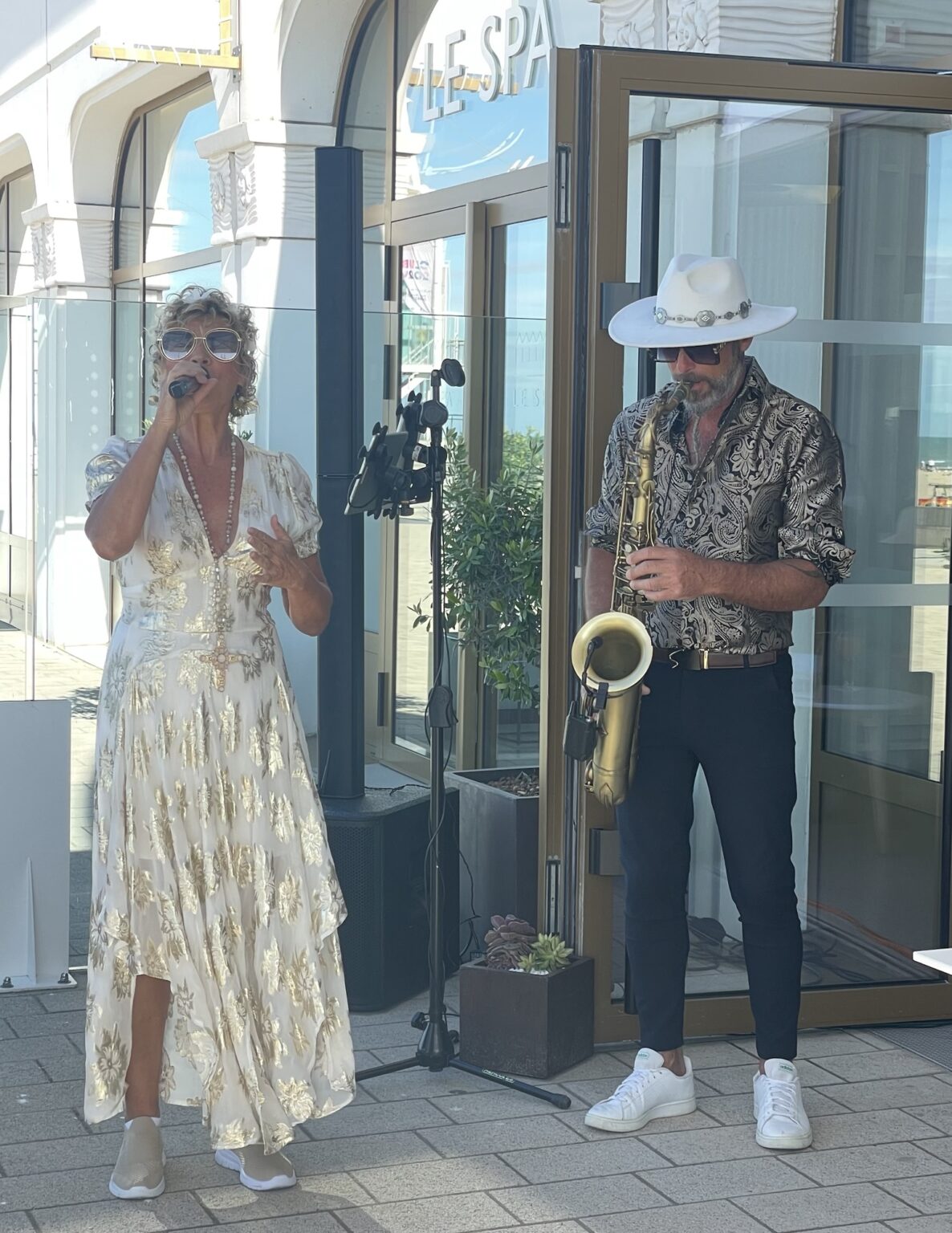
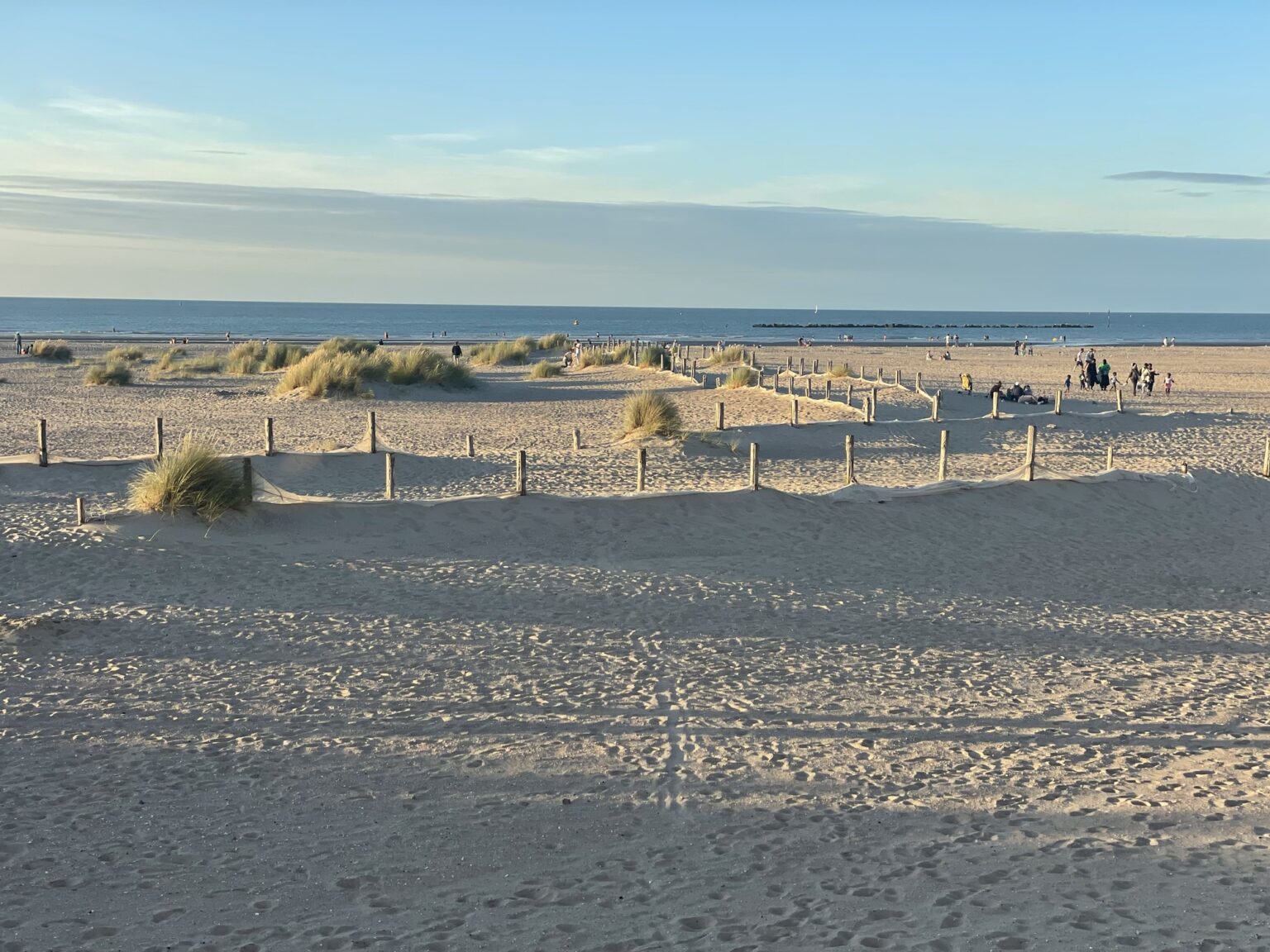
I have missed my music and look forward to playing the piano and sax when I get home.
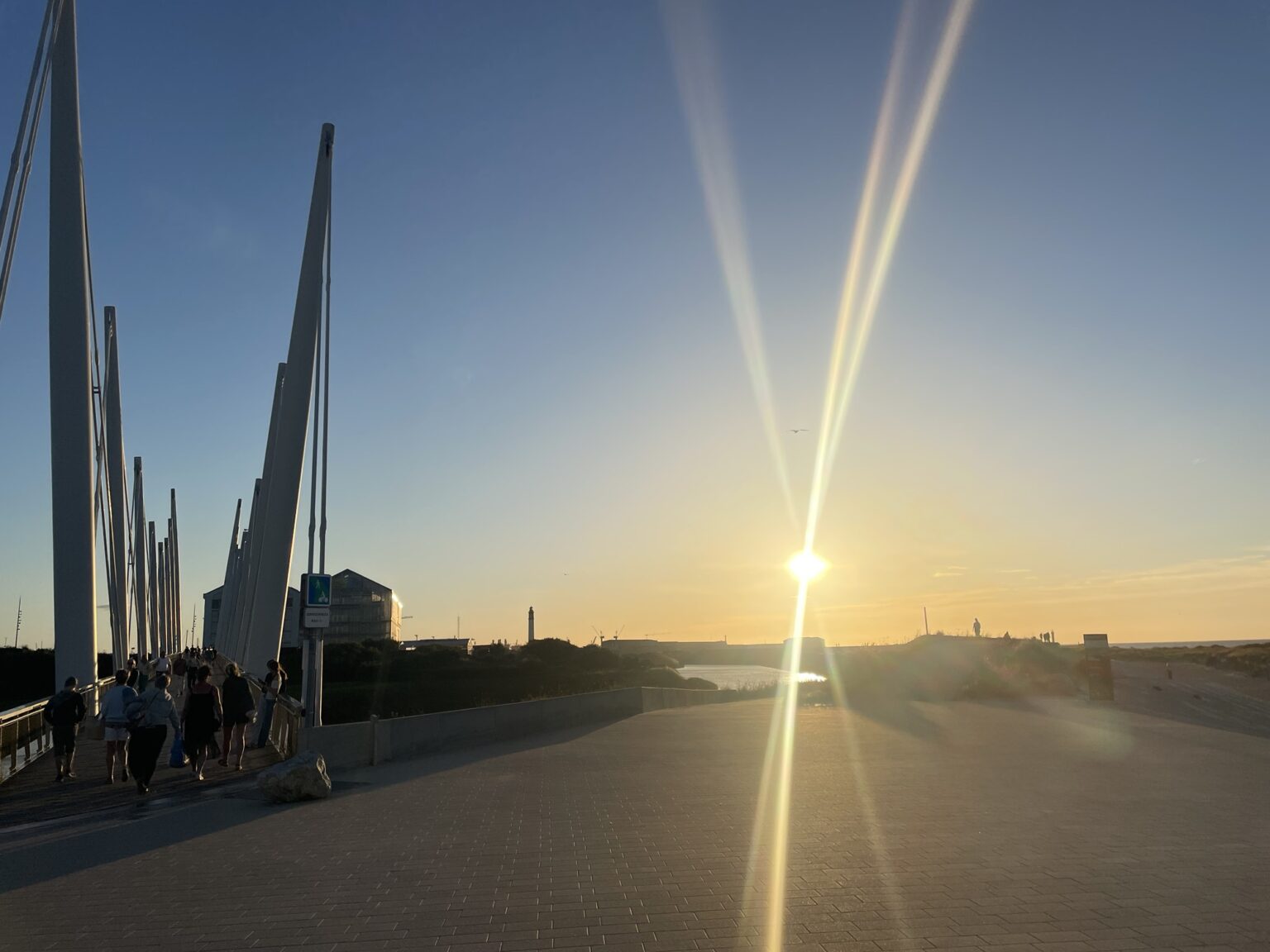
We ate by the beach. Dunkirk is now a happy peaceful place.
